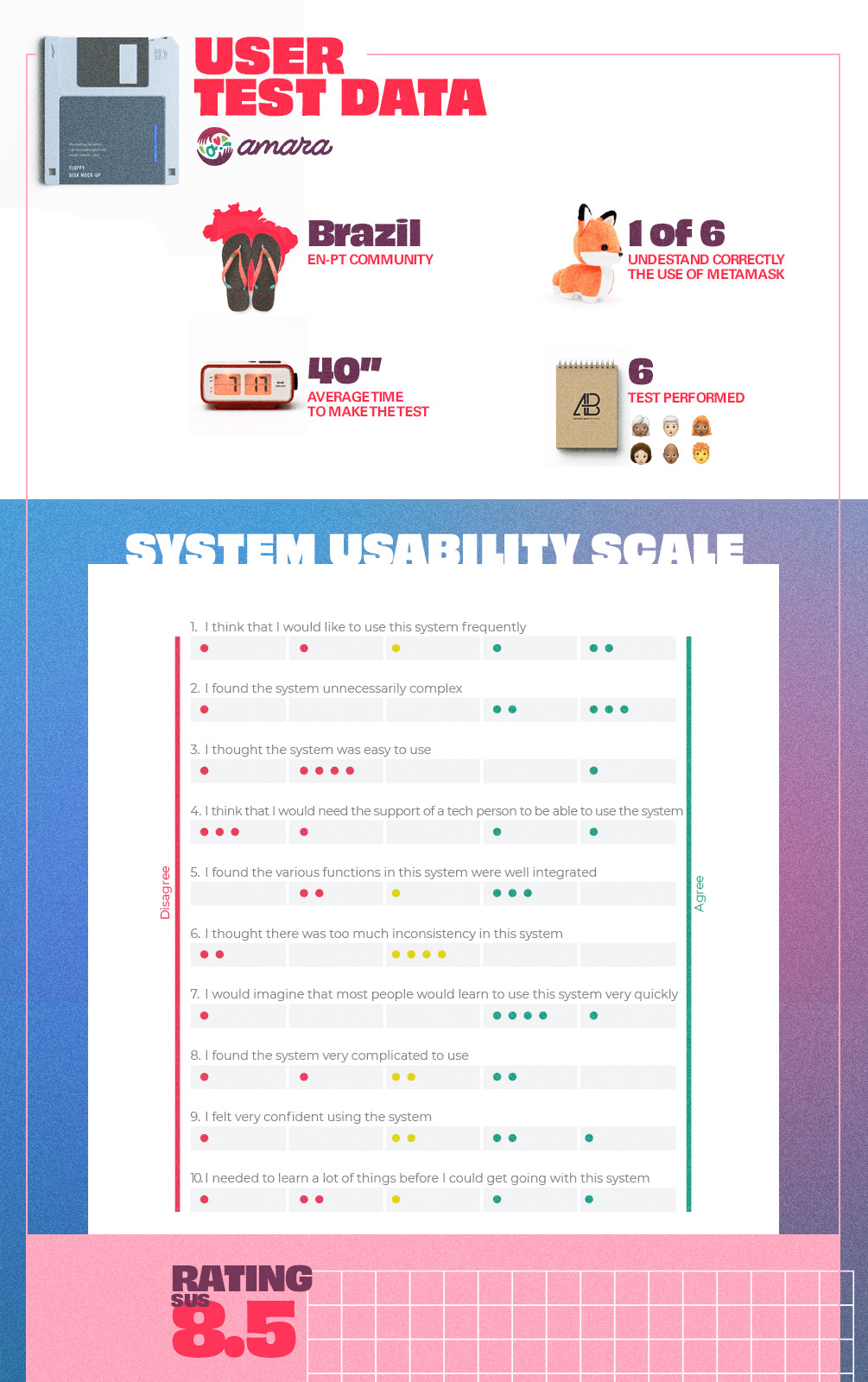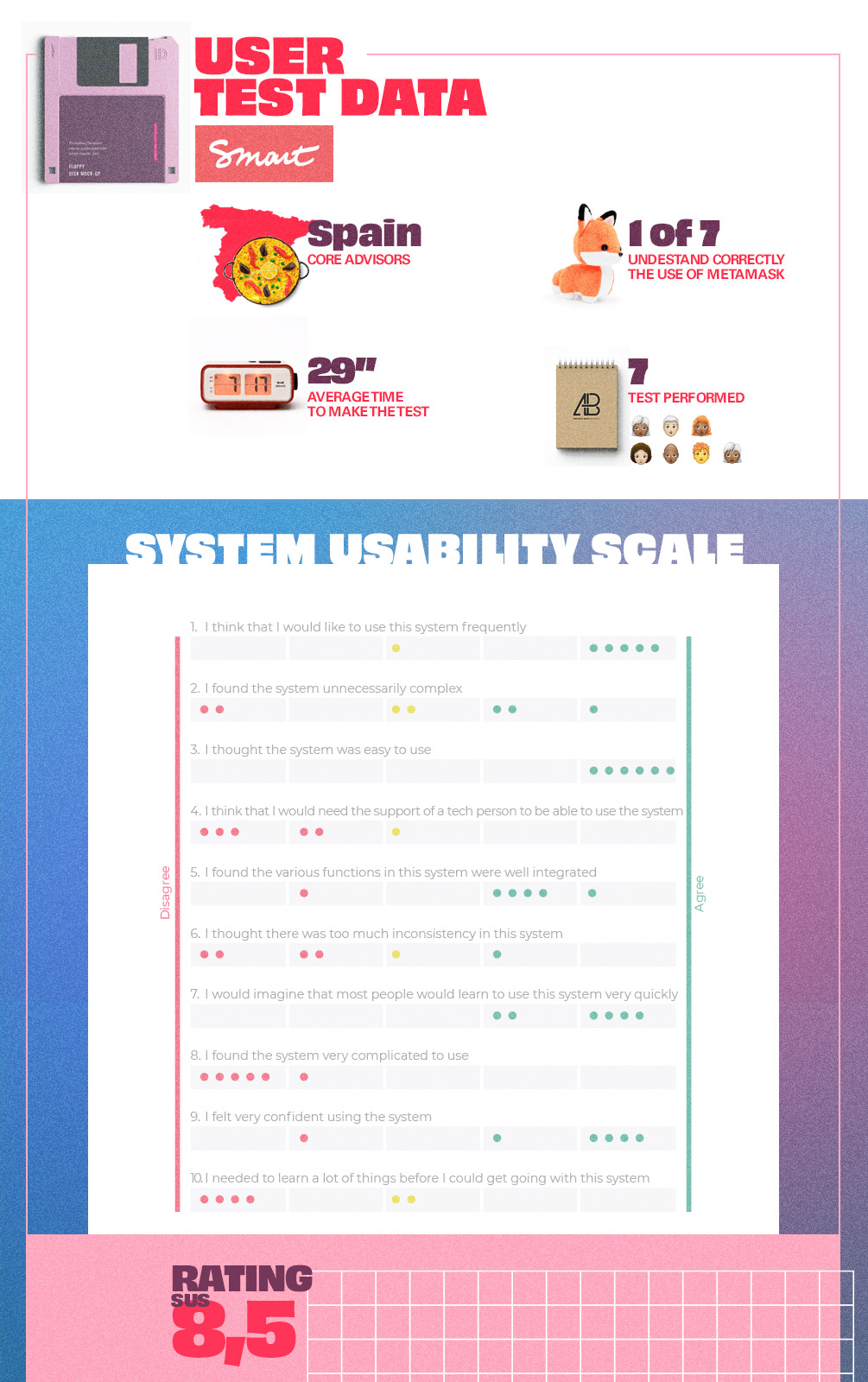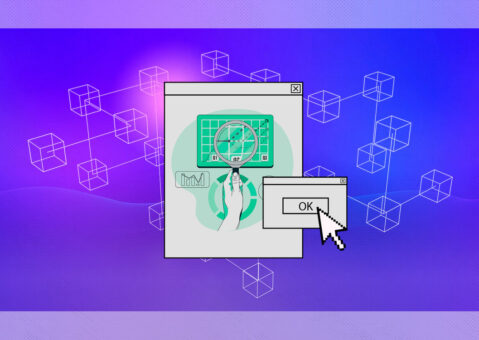“Giving users easy access to many kinds of digital assets and, particularly, tokens that are linked to assets in the real world, is crucial to seeing blockchain adoption reach the next level.”
-Vitalik Buterin, Ethereum Co-Founder-
“People ignore design that ignores people.”
-Frank Chimero, Designer-

More than a decade has passed since the introduction of what we know as blockchain technology. The promise of something truly disruptive has put it on everyone’s radar. According to a recent survey, more than half of the world’s major companies consider it a top priority for the next five years. In the early days of 2021, Bitcoin was a trending topic on Twitter for more than two days because of a dramatic increase in the value of virtual currency. But beyond all the hype and buzz about crypto currency… How might it actually be adopted by the mainstream? How could ordinary communities and individuals incorporate blockchain into their lives in a way that is helpful to them?
We all know that transparency is one of the fundamental properties of the blockchain. Although this is true at the development level, from the point of view of the user experience this statement clashes head on with those who are more than familiar with some patterns of Web 2.0 yet have not even heard of the promises of the decentralization. Changing usage patterns and habits is not an easy task, and for this reason, blockchain opens up a huge field of challenges and possibilities for experimentation. Simply put, it’s exciting!
In P2PModels we are working on imagining new types of collaborative economy using the blockchain and considering human experience as one of the most important parts of our research. We love learning by doing, so we are actually testing our decentralized prototypes with case study communities, learning new things, strengthening our intuition and letting the next steps of our research be guided by the users. But who are our users and what sort of context are they in? This is the first question we should ask ourselves in order to have more clarity when starting to design real tools for people. Remember, users do not care about decentralization or cryptography; they care about using your Dapp to do something that is important to them. And if it is easy, enjoyable, useful and fun, all the better.
Real humans with real problems
We have two main case studies: Amara On Demand and SmartIb.
To interact with the Blockchain in both prototypes, we have utilized the most widely used crypto wallet, Metamask. As we have mentioned on other occasions, the technology has a fairly large UX problem, making Metamask not exactly simple to use. Neither does it help to have to suddenly assimilate so many new concepts – hash, gas, crypto wallet, Rinkeby – to perform basic interactions on the Internet that have always been simple until now.
In the case of Amara On Demand, a collaborative subtitling and professional captioning platform, the people who will use the prototype could not be more diverse: from Japan to Brazil, Mexico and Greece. The whole world, in its infinite diversity, is full of potential users. 😮 During the research process, we found a clear insight into the way tasks were assigned within a working group, forcing us to focus on developing a prototype to help linguists have different models for distributing value. We started with the English-Portuguese group based in Brazil. We had developed the first functional prototype that ran in Aragon, and this left us with two fundamental research questions. The first one is how people were able to handle Metamask, and the second one is if they understand, and are able to use, complex interfaces designed more for decision making and transactions. We carried out these tests during a workshop with the group of Brazilian linguists.

Regarding SmartIb, the point of intervention that we considered most important was using the technology to ensure transparency within the organization itself. Smart is the largest European cooperative of artists and cultural workers, and in Spain, they have several organizational challenges, both internally and externally. In many instances relations with the state are strained, since cooperatives are not a very widely used type of legal entity in Spain and are not seen in a very favorable light. So we decided to help the organization with an MVP in order to begin to create a database of users who can share valuable information with one another and test it with the nine core members.
Let’s test it out!

Quantitative versus qualitative testing
“
Changing usage patterns and habits is not an easy task, and for this reason, blockchain opens up a huge field of challenges and possibilities for experimentation
For both groups we designed the same type of test, first based on seeing how they performed by installing Metamask, and then by using it in a concrete way to interact with each of their prototypes.
The qualitative testing consisted of observational findings that identify design features, both easy and difficult to use. This type of data offers a direct assessment of the usability of a system – based on our own knowledge about UX, we can identify specific interface elements that are problematic.
Quantitative testing offers an indirect assessment of the usability of a design. The data we collected included the time the user needed to complete a task and, in one well known quantitative methodology called System Usability Scale (SUS), the time needed to measure both systems, crypto wallets and the effectiveness of our prototypes.
While quantitative data can tell us that our design may not be usable relative to a certain reference point, it does not point out what problems users encountered. These problems can only be solved by direct observation, so a combination of both methods is highly recommended.
And it is important not to forget: People want to be nice – they are not going to tell you openly that they did not like your work. So you have to take the results with a pinch of salt, and be able to recognize the white lies.
AUTHOR

Elena Martínez Vicente
Ux Sorceress
Authorship is by Elena Martínez, but this content has been made thanks to the whole P2P Models team ![]()
Designs are by Elena Martinez
Review by Guerrilla Translation
Rosa Chamorro and Samer Hassan make everything possible





